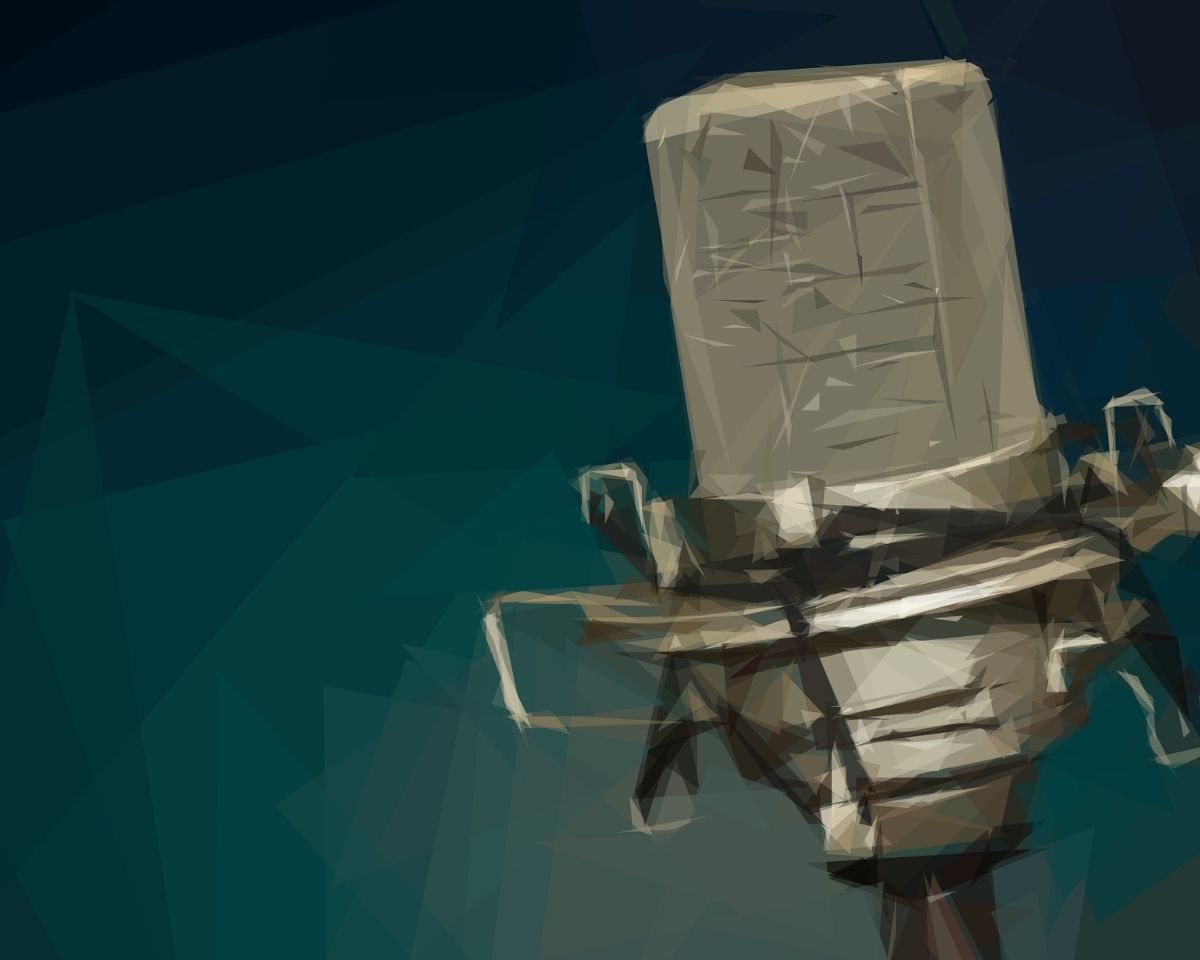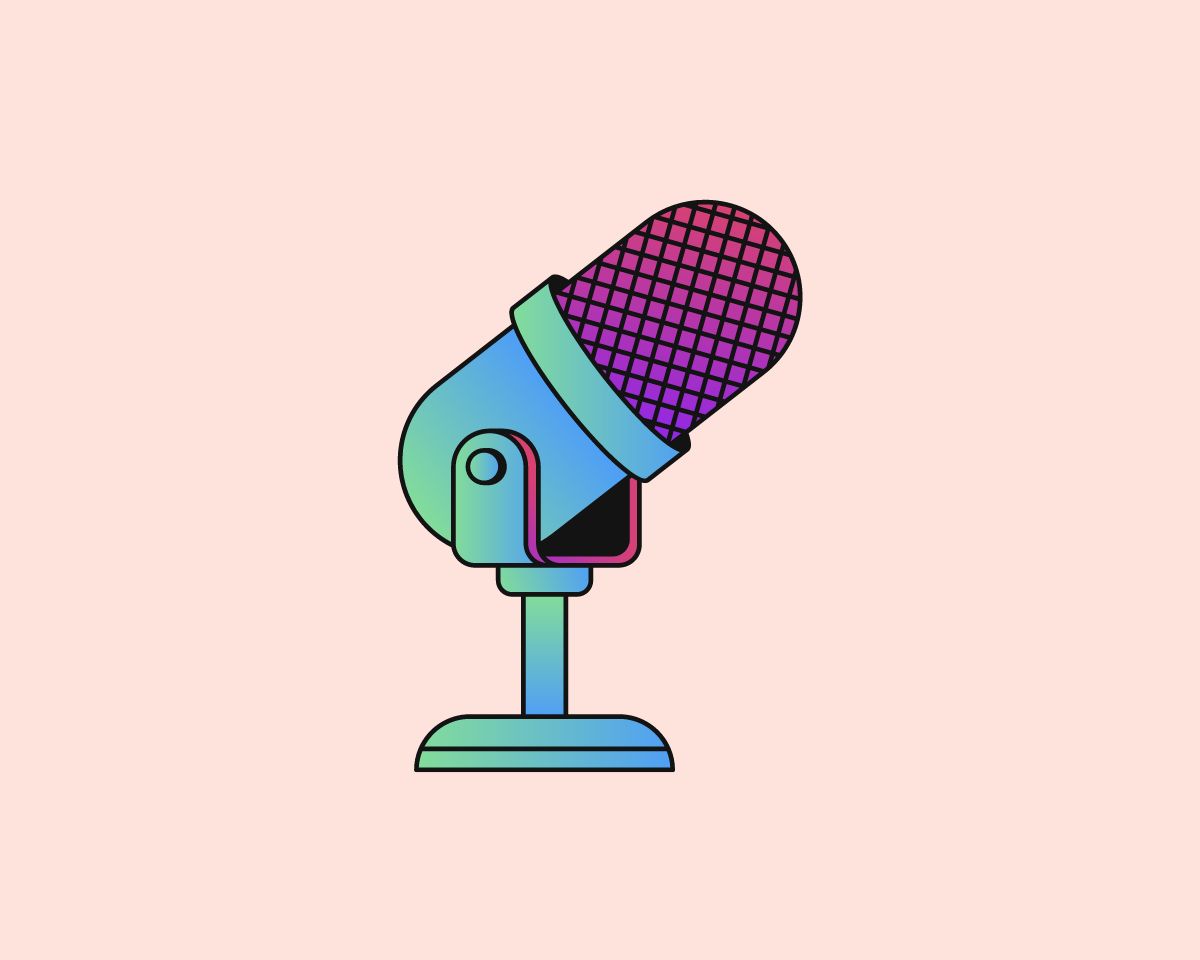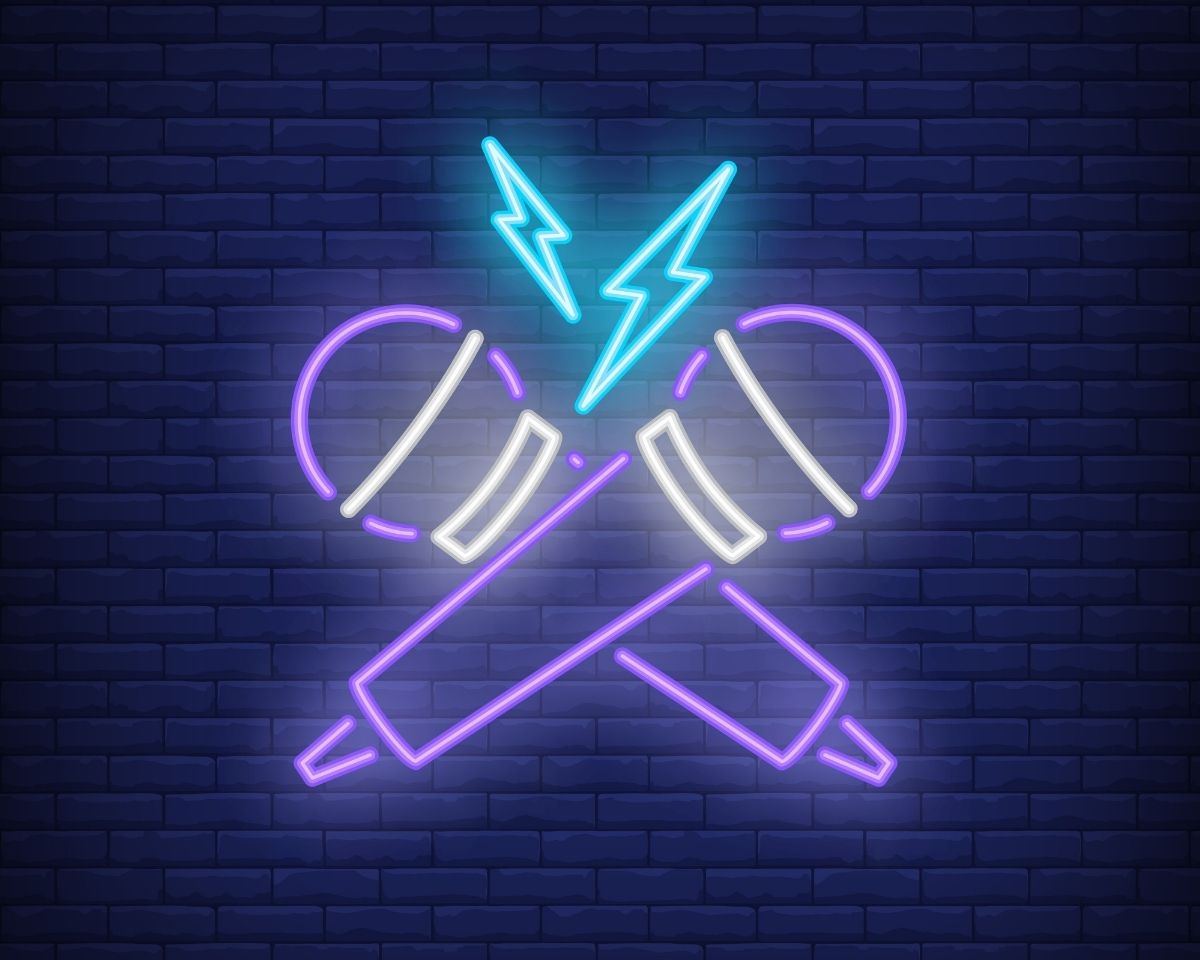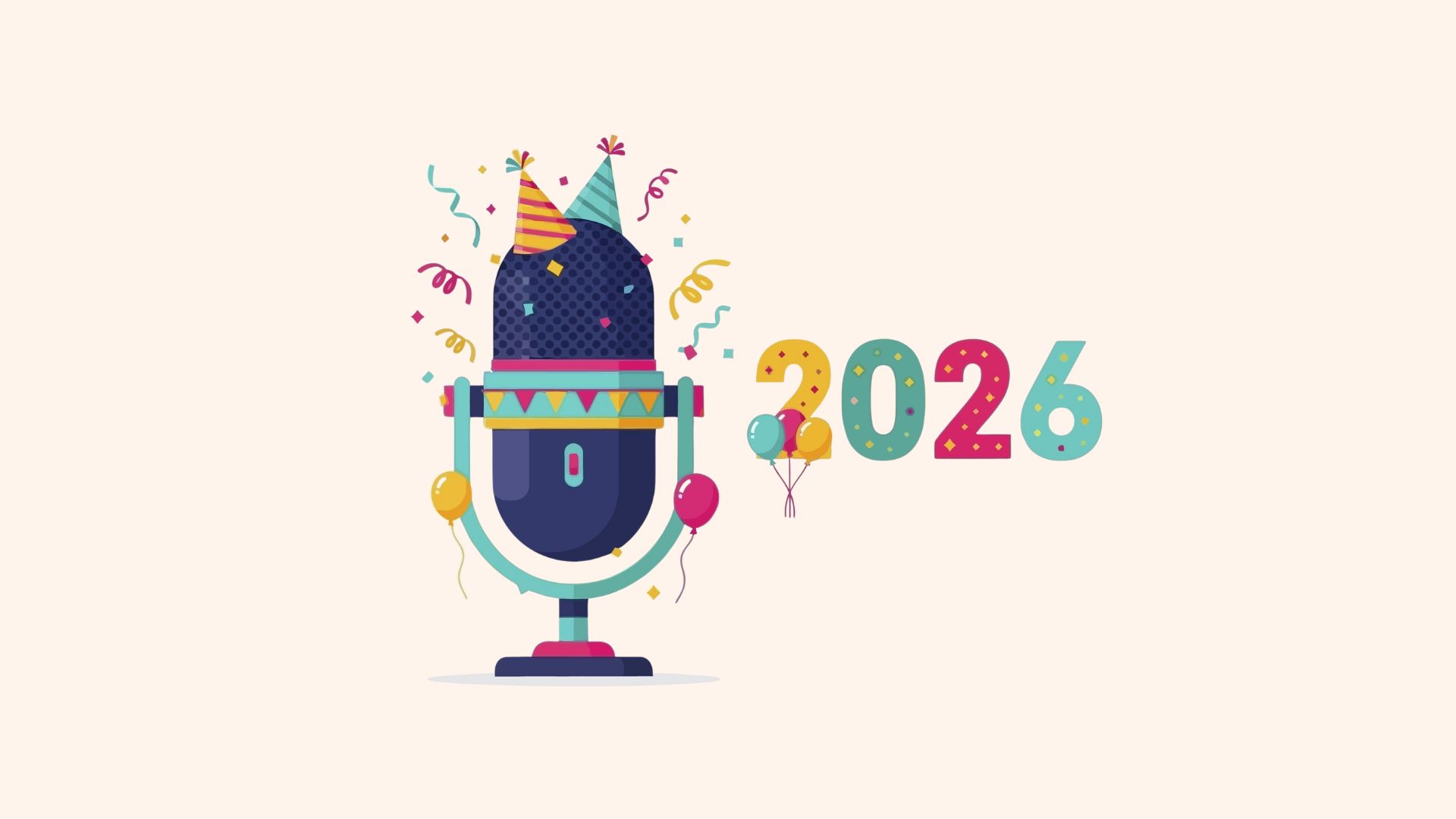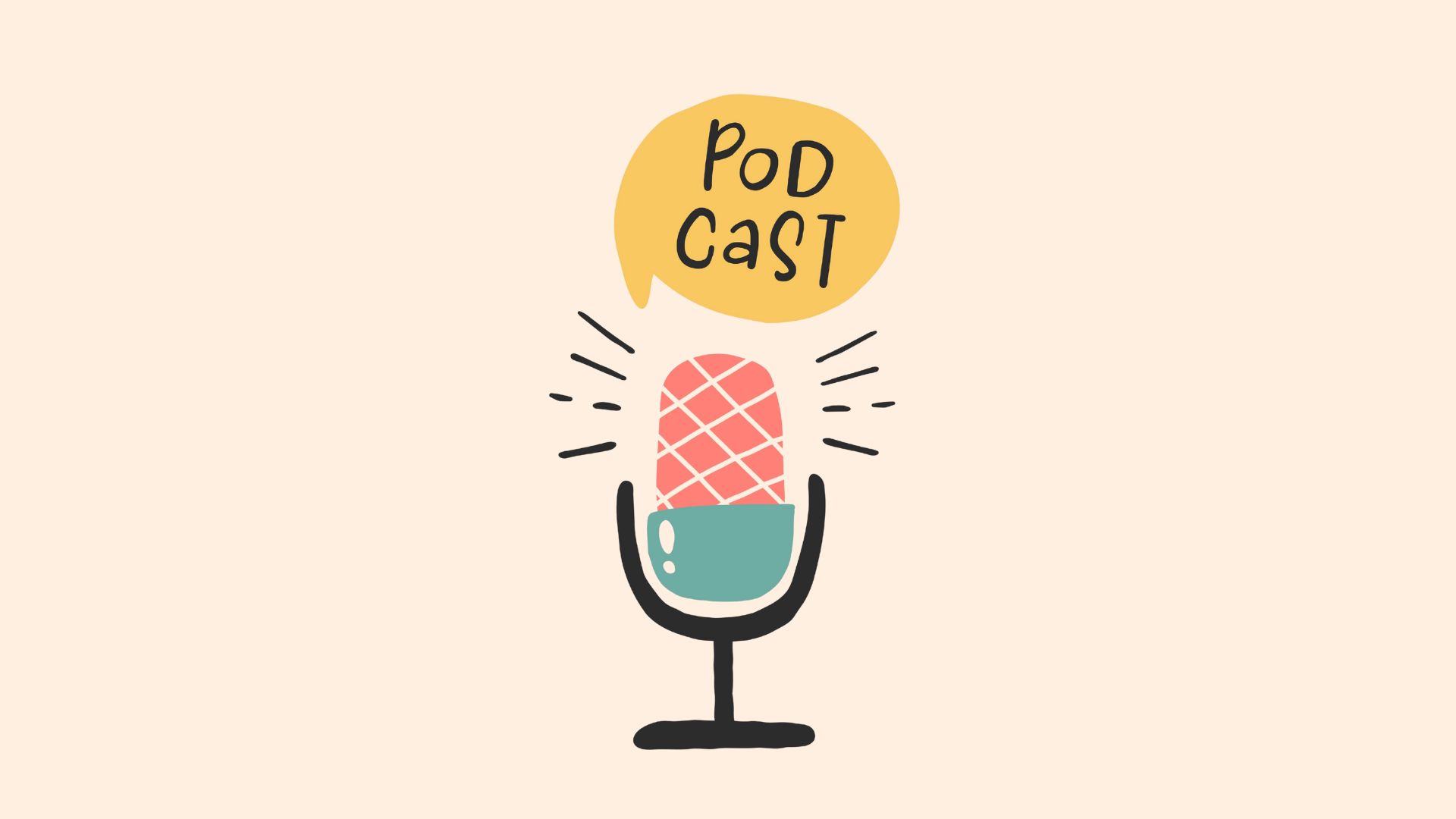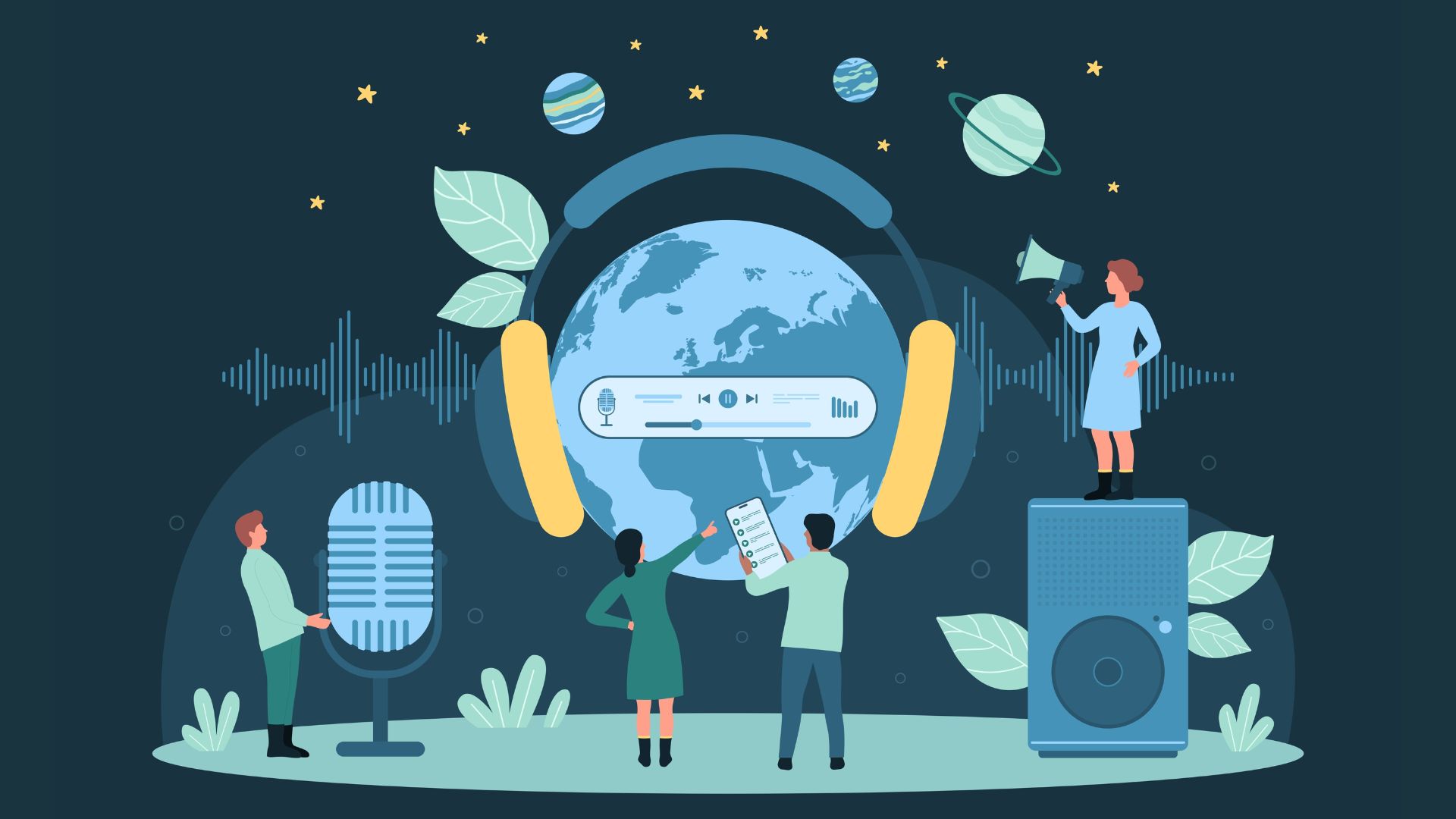What’s the best microphone for podcasting?
If you’re tossing up between a lapel mic (also called a lav mic) or a more traditional podcast microphone, this should help you decide which one will give you the best sound (and why that matters).
Want help starting your podcast? Download my FREE ‘How To Start A Podcast’ guide.
What’s the difference between lapel mics and podcast mics?
Lav mics (or lapel mics) clip onto your clothes and are designed to pick up sound from a distance and give you more movement while recording.
This is great for video but not ideal for podcasting.
In contrast, podcast microphones are designed to sit right in front of your mouth, so they only pick up your voice and not the sound of the room around you.
This is great for podcasting but sometimes not ideal for video (if you don’t want to be stuck behind a mic).
Why lapel mics aren’t great for podcasts
When you’re watching a video, you don’t notice if you’re hearing the sound of the room because it matches what you’re looking at (someone in a room).
But in a podcast, there are no visuals so the further away you are from your microphone the further away you’ll sound from your listener (and that’s not good).
Also, if you’ve recorded a lot of room noise in your audio it can be hard to remove that without removing the natural tones in your voice.
When you’re recording, your goal should be to capture the best possible audio in the moment and it’s unlikely a lapel mic will give you the best quality sound.
What makes a good podcast mic?
A great podcast mic is one you can speak directly into, so you sound close to your audience when they listen to your show.
You also ideally want your microphone on a stand so it’s out of your hands (because your hands can add a lot of incidental noise to the recording).
Can’t I just use the mic I use for video?
You can, but the experience for your podcast listener won’t be as good (here comes the old video or audio first argument).
Even if a lapel mic works fine for video, you should still prioritise high-quality audio for the podcast version of your content so your audio-only fans aren’t getting a crappy listening experience.
If you record great audio for your podcast and you also use that for video, your video viewers will still have a great experience, but it doesn’t work as well the other way round.
Other reasons lapel mics can be tricky
Because lapel mics clip onto your clothing, they can rub on things like your shirt, hair or jewellery.
That can introduce a whole lot of annoying noise than can be difficult to clean up later.
Ideally, you want to be recording audio that’s as free from noise as possible.
Need help choosing a microphone?
I’ve put together a short list of podcasting equipment recommendations in my free guide.
It includes all the tools and tech you need to set up a podcasting space at home, without spending a fortune.
Click the link below or head to podcastingguide.com.au.
🎙️ Want to start a podcast but feeling overwhelmed?
Grab my free “How To Start A Podcast” guide or get step-by-step support inside my online course, PodSchool.
Got a question about podcasting? Send it my way so I can answer it on the podcast!
[spp-transcript]

